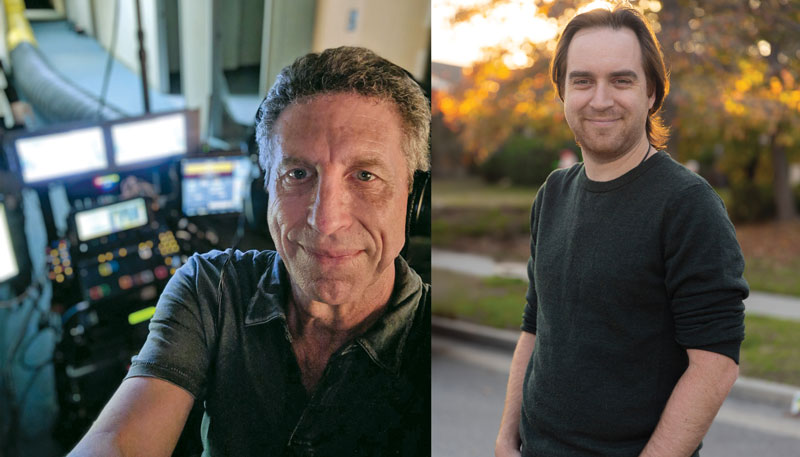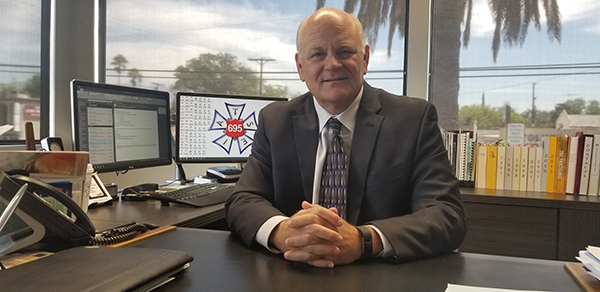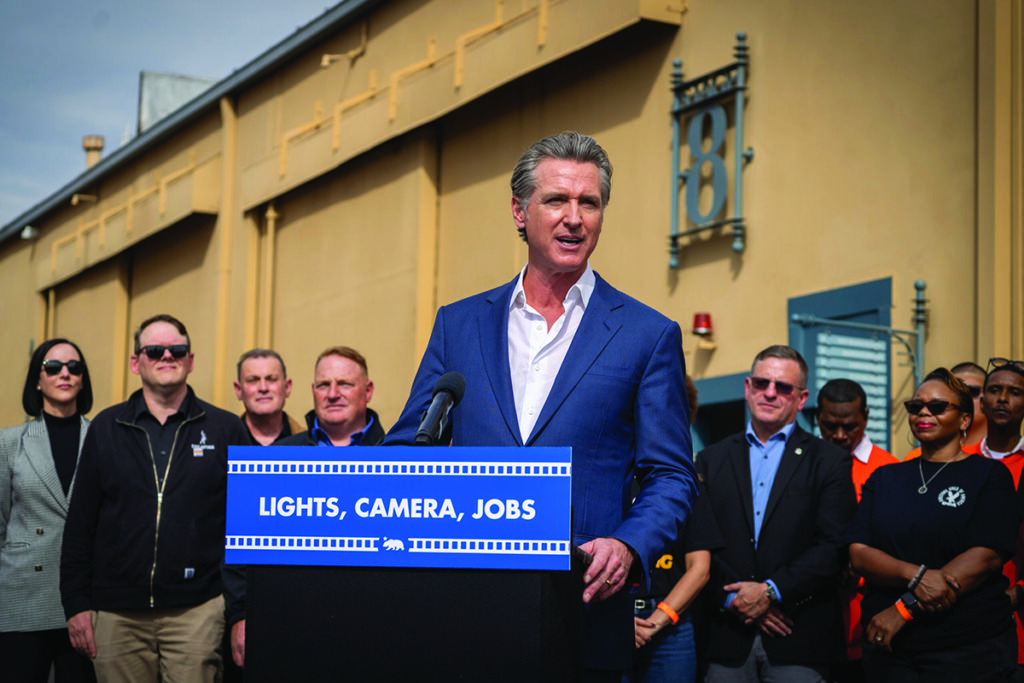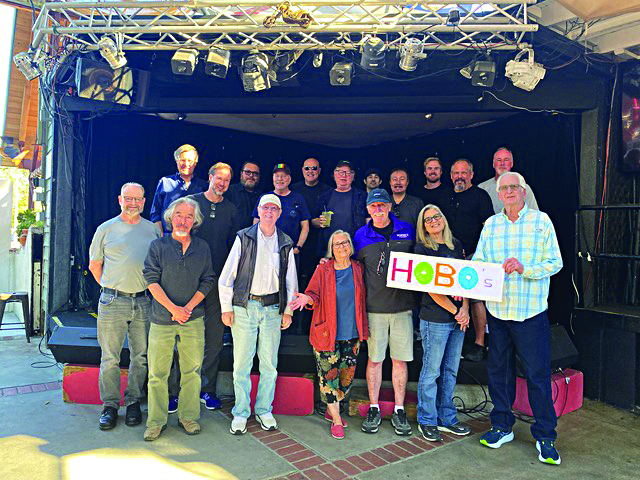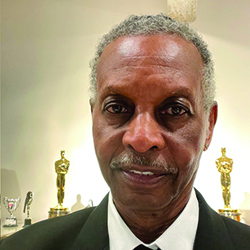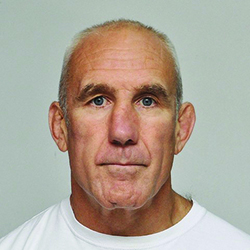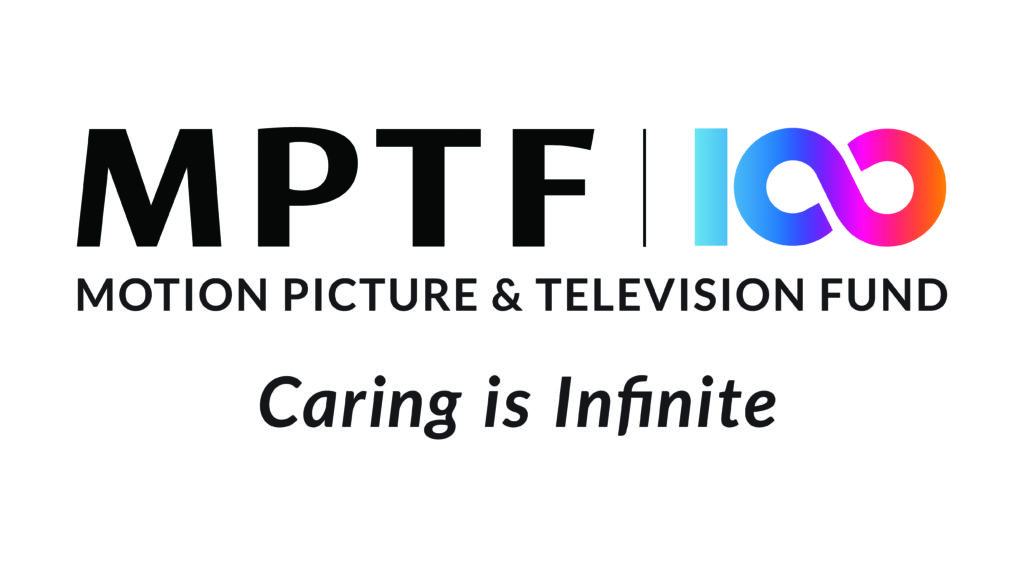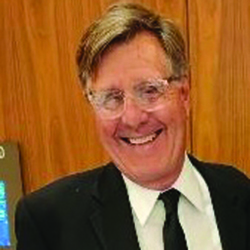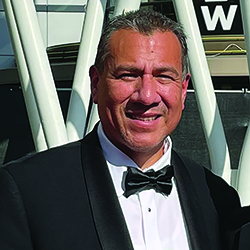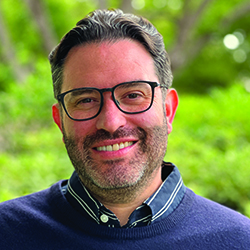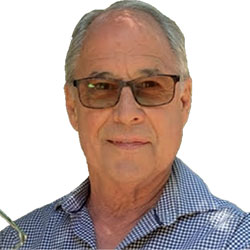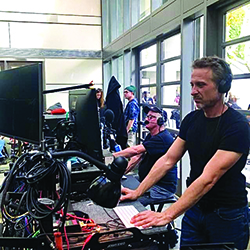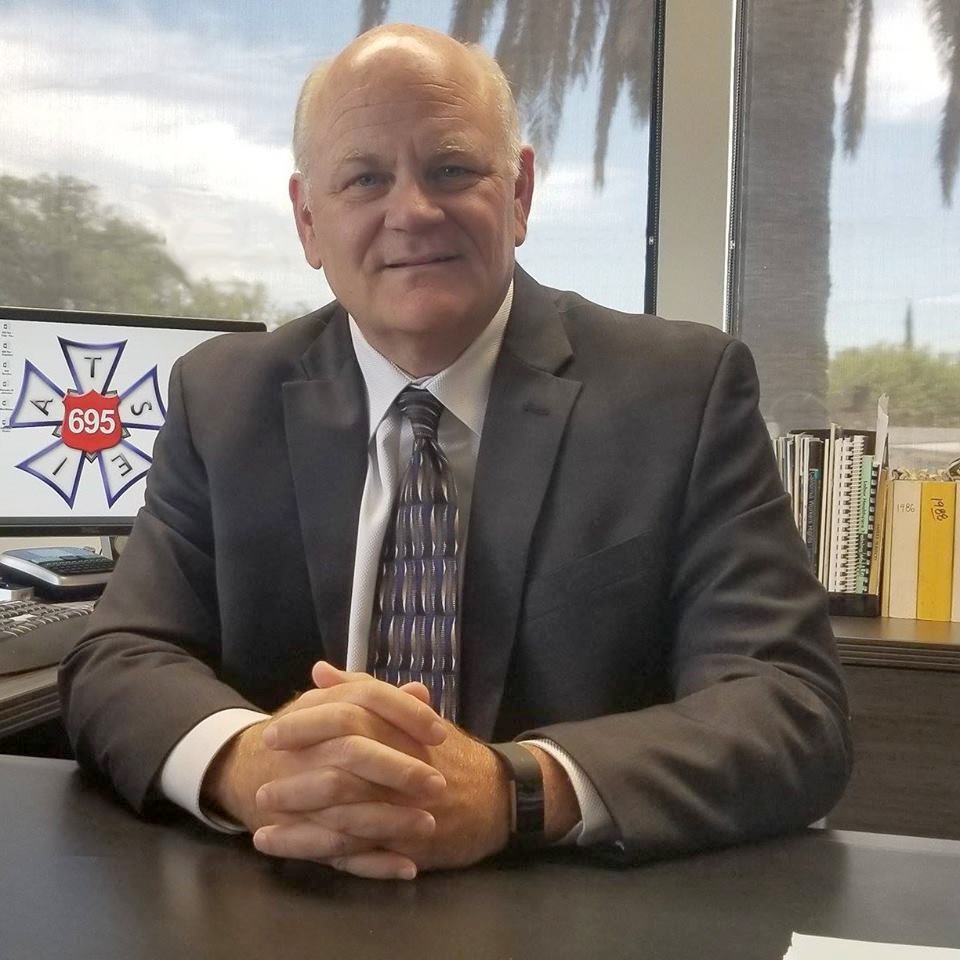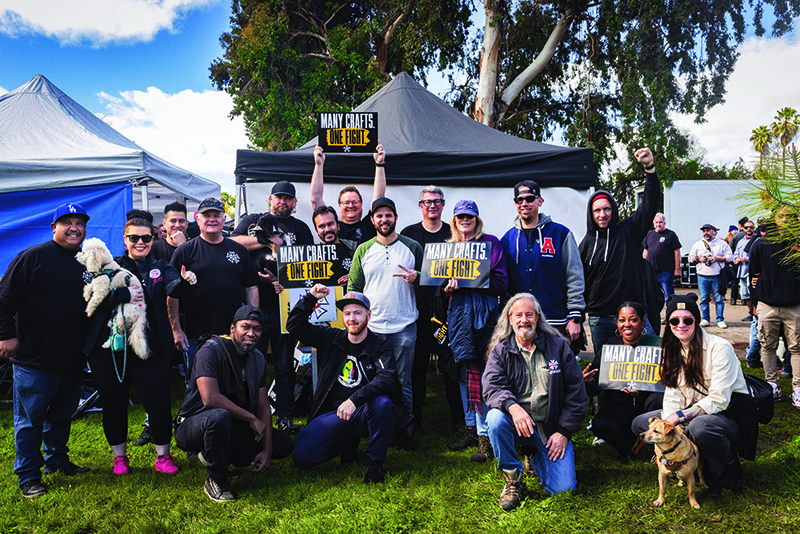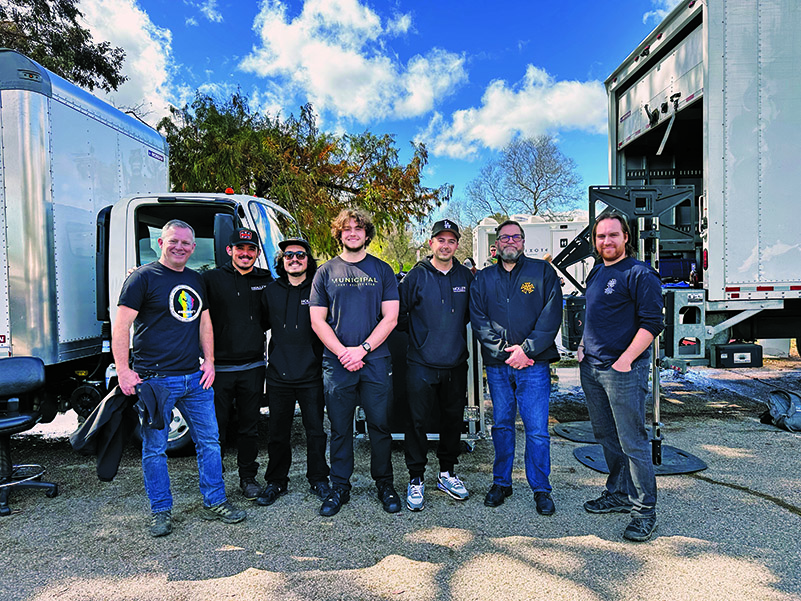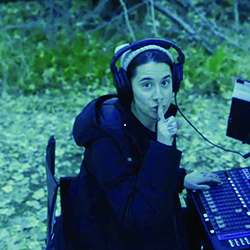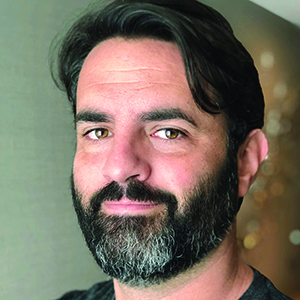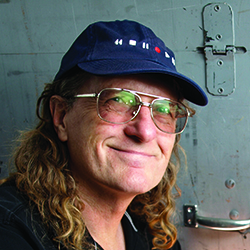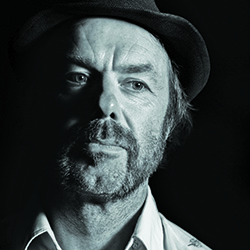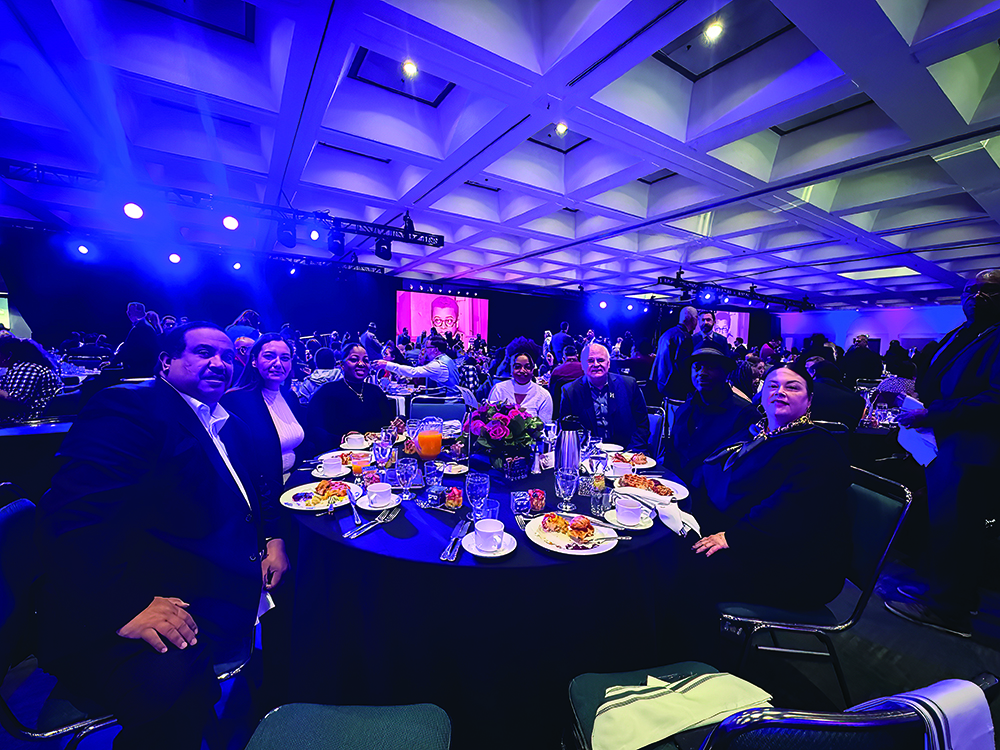James Delhauer
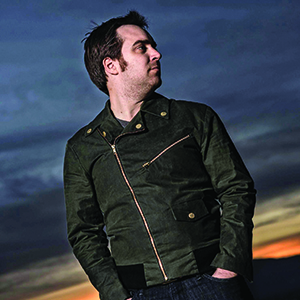
James Delhauer serves as Local 695’s Director of Communications and Political Affairs. His career began as a video engineer and records specialist before coming to work in the local office. He is a member of both the California IATSE Council (CIC) and Entertainment Union Coalition, working to advance entertainment community’s interests within the California legislature.
Richard Lightstone CAS AMPS

Richard began his career in Montreal, and continues to mix in Los
Angeles. He is the Co-editor of Production Sound & Video, served
on the Executive Board of Local 695, and President of the Cinema Audio Society for two terms.
Tod A. Maitland CAS
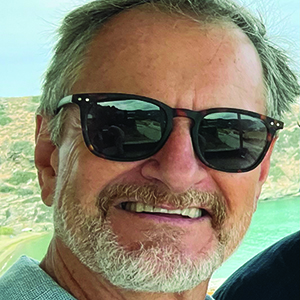
Tod was born into the sound business. His father, Dennis Maitland CAS, received the CAS Career Achievement Award which Tod will be receiving this year. Tod’s career spans over 45 years, 110 films, 5 Academy Award nominations, and Head of Sound at NYU Grad School.
Terence McCormack Maitland

Terence McCormack Maitland is a native Brooklynite who now splits his time between NYC and Sweden. He has been a Local 52 member since 2010 and has had a blast making movies and TV ever since.
Ryan Pedersen
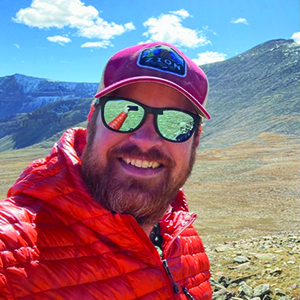
Ryan Pedersen has loved sound his whole life, even as a little kid. He originally planned on working in live sound or recording music in studios but found his way into film production and has been doing that ever since. He has seen a large portion of the world from his early documentary work but now spends most of his time in Los Angeles doing music playback or mixing scripted projects. When not on set or at home with his wife and four kids, he finds refuge at his train club at Griffith Park.
Ric Teller
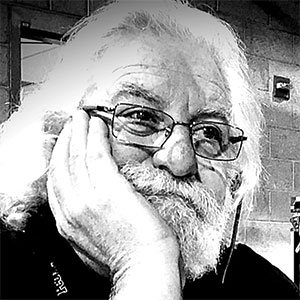
I’ve been very fortunate in my more than forty years working in television, going places and doing things that a kid from a small town in Nebraska could not have imagined.
Casey Weiss
Casey Weiss serves as the Director of Education & Training for Local 695. As the long time daughter of a Local 695 Sound Mixer, she grew up on set and is passionate about the union movement and its benefits to both its members and its greater community. Casey is ready to “roll” up her sleeves and help advance our members.
